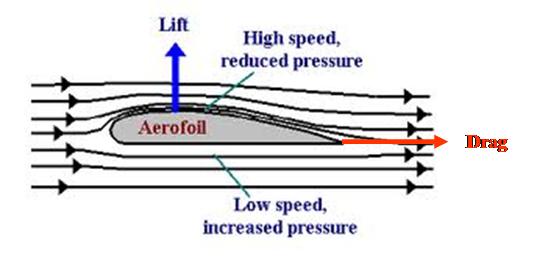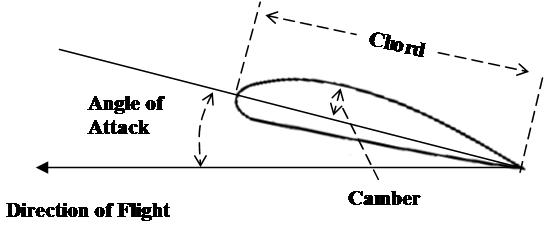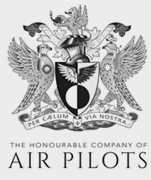Aerofoil
Aerofoil
Article Information
Category:
Content source:
Content control:
Last modified:
25.Mar.2025
Article UID:
Definition
A body shaped to produce an aerodynamic reaction (lift) perpendicular to its direction of motion, for a small resistance (drag) force in that plane.
Description

Figure 1 illustrates a typical aerofoil cross-section for low-speed flight.
The wing's shape causes airflow to speed up as it passes over the top of the wing, causing a reduction in pressure; this generates a force (lift) perpendicular to the chord of the aerofoil. The airflow below the wing moves more slowly, generating greater pressure and less or negative lift. See the article Bernoulli's Principle for further information.
All aerofoil surfaces generate drag.

Figure 2 illustrates the terms used in describing an aerofoil surface.
The distance between a wing root and wing tip is the length of the wing. Wingspan is the distance from one wing tip to the other wing tip. The ratio of wing length to chord is called the aspect ratio.
The amount of lift and drag generated by an aerofoil depends on its shape (camber), surface area, angle of attack, air density and speed through the air.
The objective of aerofoil design is to achieve the best compromise between lift and drag for the flight envelope in which it is intended to operate.
Aerofoil surfaces includes wings, tailplanes, fins, winglets, propeller blades, and helicopter rotor blades. Control surfaces (e.g. ailerons, elevators and rudders) are shaped to contribute to the overall aerofoil section of the wing or empennage.
Categories







